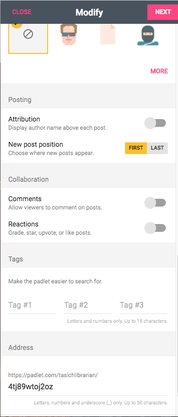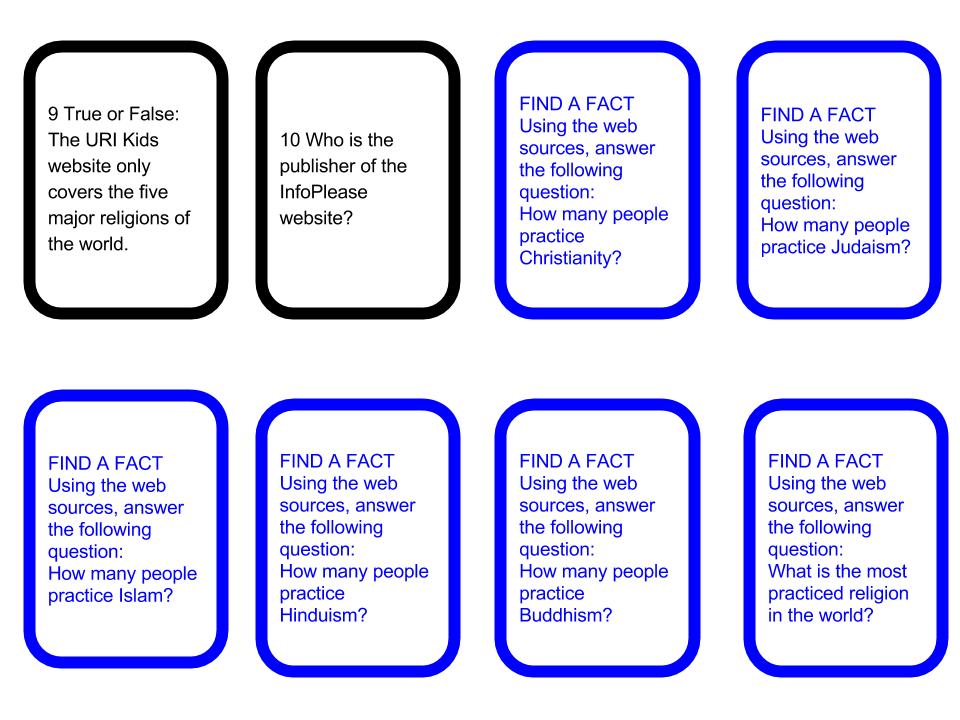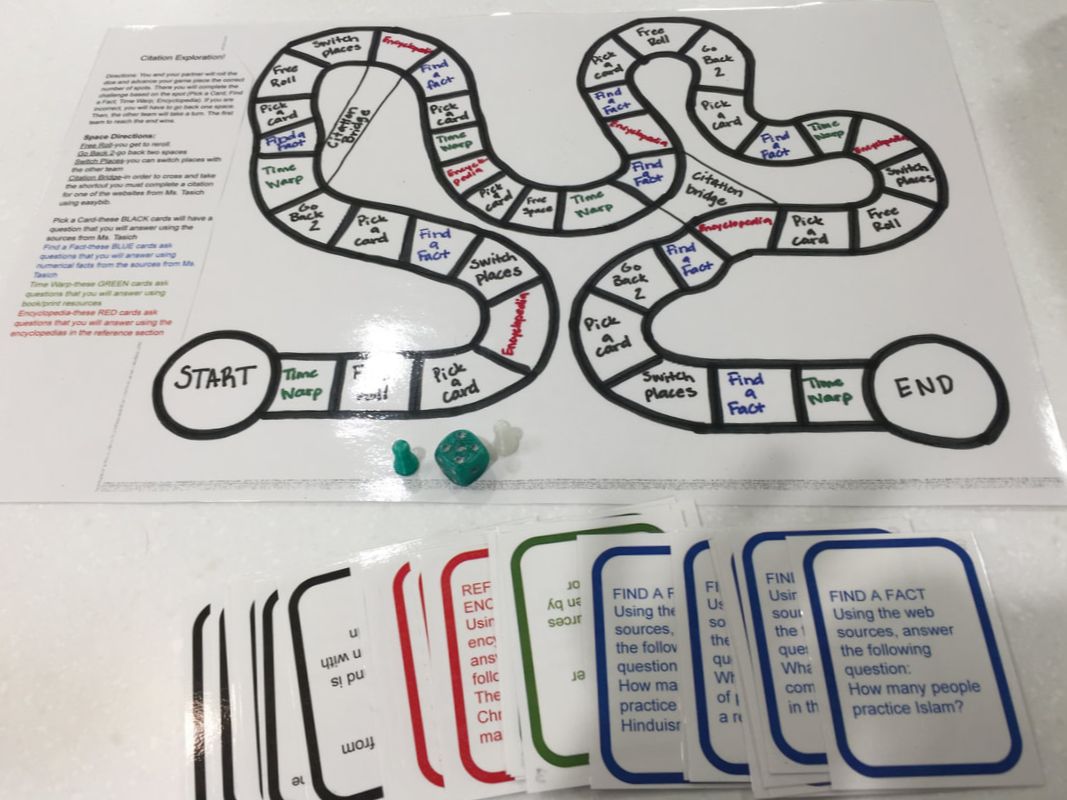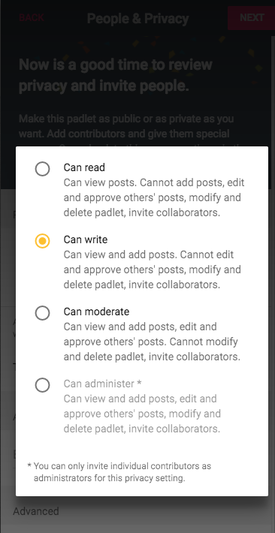|
The Hour of Code is nearly upon us! For some general background information check out THIS LINK. The goal for Hour of Code is simple: give all kids, everywhere, the opportunity to complete one hour of coding. Here at ACMS, we want to give you some info about how we can do this, what it would look like, and resources you can use.
How this would look at ACMS: Matt and I would be more than happy to come to your class or host you in the library to complete hour of code activities. If you would like us to help out, please let us know! We will gladly do some background/overview info and then be on hand as the kids go through the activities to help troubleshoot and problem solve. A word to the wise though: it's best to let the kids figure out the challenges on their own. That is one of the main benefits to doing coding-while it teaches engineering and practical computer skills, it ALSO teaches problem solving, creative thinking, and encourages collaboration. You could also have hour of code activities in your room-please let us know when you would like to do this and we could help make sure you get devices. OR you could do pen and paper coding activities. See these links/sources for ideas: Code.org Graph Paper Coding CS Unplugged To give you a sense of what coding looks like, here is an example from Code.org:
For beginners, block coding is easier. If you want, you can also code using javascript.
Now, for some resources: One activity we found was from Google where you can design a new logo. Use THIS LINK to find that activity. Code.org is a GREAT source of information, but it is not the only option. In addition, Code Academy is another option. If you are using the iPads, Lightbot, Tinker, and the Swift apps are all fantastic resources. If you have a student who has already gone through some coding activities, or who is inclined towards this type of work, set them up on Swift. It is a great extension. Finally, Middle School Curriculum, is a collection of resources/lessons from Code.org that ties to specific curricular areas.
0 Comments
I had a WONDERFUL Thanksgiving break. During it I spent a lot of time at home and we had one day on the road. With my relatively low-key schedule, I was able to get some reading done. Here are some of the books I read over break:
 In Darkling Wood by Emma Carroll In Darkling Wood by Emma CarrollMy rating: 3 of 5 stars Actual rating: 3.5 To be fair, reading this right after I finished A Million Junes wasn't entirely fair and probably influenced my rating. While this could EASILY be read as a companion to that or offered as a MG alternative to it, it just did not resonate with me nearly as much. The characters weren't as deep, the storyline wasn't as enticing, and the magic wasn't as real. To be 100% honest though, I don't think it's meant to be. This is clearly a MG book, and the other is magical realism for a much older crowd. That being said, this was a good read. Alice's brother is rushed to the hospital for a heart transplant and she is shipped off to live with a grandmother she knows nothing about. There, her grandmother is determined to tear down the woods surrounding her house; everyone in town is against this, but she doesn't care. And at first, Alice thinks that it's her grandmother's right to do what she wants with the woods on her land. But then she meets Flo, and starts to uncover the mysteries of her family, and begins to realize that there is magic in the woods. And fairies. And they need someone to believe in them to have a strong enough magic to keep the woods alive. Recommend for students who are interested in magical realism or "light fantasy." View all my reviews  All In by Jennifer Lynn Barnes All In by Jennifer Lynn BarnesMy rating: 5 of 5 stars I enjoyed this next book in The Naturals series immensely. On a car ride to the in-laws I finished book 2, and immediately sought out wi-fi to download and binge book 3 on the ride home. This one wasn't as easy for me to get into and completely immerse myself in because I don't think I always fully understood the numbers-both because that's not my forte and also because I was inhaling this and not always reading every word-I had to find out what was going to happen next. I am so glad I picked up this series and am now waiting for the 4th installment (I had to go on a waitlist for it at the public library-I'm hoping that is a shorter wait time than I would have for the copies we have in our school library). Notes: the violence does get a bit more intense in this book. There still isn't much in the way of language or sexuality-everything with Cassie and Dean is really only hinted at. Highly recommend. View all my reviews  Making Bombs for Hitler by Marsha Forchuk Skrypuch Making Bombs for Hitler by Marsha Forchuk SkrypuchMy rating: 3 of 5 stars It did remind me at times of Night since it was hard to get through-the lack of character development combined with the horrors they were constantly enduring made it hard to read. It did not have the style or draw of Salt to the Sea, which was unfortunate since this was an interesting side to the history that students might not know about. Lida has been separated from her sister and is now working as a prisoner of the Nazis. She takes the advice of other prisoners and says she is older than she really is because if she can't prove herself to be useful, she is afraid she will end up dead. Working first as a seamstress, then as an assembly worker in a bomb factory, Lida moves from camp to camp, prison to prison, losing people along the way. She never gives up hope that she will be able to find her sister, but the odds are slim. Finally she ends up as slave labor in an ammunitions barracks. Will the Allies be able to free them in time or will death come for her first? View all my reviews For more information, or to see WHY I decided to try gamification, along with some resources, check out Part 1 of this series. Today's post will cover the actual process I went through in making the games. I created a digital breakout for the 8th graders and a traditional board game for the 7th graders. The 8th graders instruction was focused on evaluating sources since they were going to be finding research on their own. We went over databases and keywords and the digital breakout had topics focusing on comparing two sources (database result and web result), determining if something is fake news, setting parameters on advanced searches, and finding information on an author of a website. These skills were all things that I had noticed the students struggling with on past research projects. When I first started with this project, I wanted to do an escape room of sorts with QR codes and stations around the room. I initially planned on having kids use the iPads to scan the codes and fill in the Google Form, but after looking into it and realizing the split screen option wouldn't work as well as I wanted it to, I switched and decided on a digital breakout utilizing Google Sites. To begin, I created a folder for each of the different stations/projects. These stations became different pages/tabs on the actual site itself. In each folder I put the Google Form for that page, the links I used, copies of PDFs, and any other info (pictures, sites, etc). Each page had a Google Form that asked questions relating to the material on that topic, and the submission screen on each Form gave a color code. This color code was used on the home page of the Site to unlock the final problem and "win" the game. HERE is the Google Site I created for this project (the overall storyline/theme was alien invasion). The 7th graders were using information we gave them (a collection of web sources, print materials, and encyclopedias found in the library) so they didn't need as much instruction on source evaluation. Rather, their lessons focused on using the materials provided and creating citations. For them, I created a board game. Before creation, I knew that I wanted them to have to answer a variety of question types, and solve a few "challenges." I used a template I found online (pictured below) and blew it up on the school's printer to fit an 11X17 piece of paper. After I printed one, I outlined the squares to make it darker and filled in the different spots. I had already decided on four different types of questions: Find a Fact, Pick a Card, Time Warp, and Reference. Each type of question had a deck of cards I made that had questions specific to it. Time Warp questions used printed materials, Reference used the encyclopedias, Find a Fact and Pick a Card both used the web resources we had curated for them. I created the game cards using Google Draw (see example below). Finally, the tech guy and I used the 3D printer to create dice and game pieces (in two colors) for each board game set. In the end we made enough for 6 games to be going at once, which equals out to about 4-5 people per game (2 teams). Below is a pic of a completed game set: For both games (the digital and the traditional) the hardest thing was coming up with what all I wanted them to get out of the game FIRST and then working backwards. This was not a project that you could complete the morning of, or do with just a random thought. There was a lot of planning involved, and I was glad to be able to create this for teachers. Working in the library gives me more flexibility in planning, so I am able to create projects like this more easily than a classroom teacher can on their own.
Part 3 of this series will deal with my thoughts AFTER the games were done and how the students responded. Stay tuned! This is the first post in a three part series about how I used gamification to teach/reinforce research skills in the library. This post will cover how I began, the process for gamification, and some additional sources on game-based learning and gamification. Part 2 will cover the actual creation of the games (a digital breakout and a traditional board game). Part 3 will cover how it went along with my reflections from the experience.
I had two teachers (7th grade Social Studies and 8th grade English) recently approach me about teaching research at the beginning of two different projects. The 7th graders were doing a unit on World Religions and the kids were going to create a poster/infographic with the information they found. The 8th graders were starting a unit on persuasion. They had already come in for an overview of using the library databases and the library website. They were getting ready to find sources on their own now. For both of these units, I knew I wanted to do something besides just lecture and showing websites/sources. They each had different end goals, especially considering the fact that the 7th graders were using sources we had already given them. Their instruction needed to focus on utilizing those sources and creating citations. The 8th graders were going to be searching on their own, so they needed to know how to evaluate the information they found. I decided to do a gamification of the information. For the 7th grades I wanted to create a traditional board game. For the 8th graders I wanted to have a digital breakout or escape room. With this in mind, I started searching for other sources/teachers/examples. The hardest thing about gamification or creating game-based learning opportunities in understanding how it is going to look at the end. This is definitely a time where you need to plan out what you want and work backwards. Some sources to consider: How to Gamify Your Classroom How to be as entertaining as a video game The Ultimate Guide to Gamification Digital Breakout Templates Breakout EDU-digital Today Matt and I wanted to let you know about some websites (new and old) that you can use with your students in the classroom to get them participating. These are great options for times when you want to make sure you are hearing from ALL kids in class OR when you want to get feedback from everyone in a timely manner.
Voxvote: This site allows you to ask questions and get immediate feedback from students. They use a 5 digit code (provided by you) to access your questions and vote. Then you receive instantaneous results to use within your classes and as formative feedback. Today's Meet: This website allows you to have digital conversations. There are a few options with this: whole group conversations or fishbowl conversations where half the class is discussing in person and the other half is discussing digitally. As always, if you are interested in using either of these in your class (or want other ideas!) please let Matt or me know. We'd love to help out with a project or by making sure you have devices. Padlet is a great resource for teachers to use in their classrooms that allows for discussion, interaction and participation from ALL students. The teacher creates a link, sets up the padlet (basically a background) and the students respond to a prompt with either a text, visual, or linked response. You do need to have an account, but this can be done through your google account, and you send the link of your padlet to the students (this could be easily done in Google Classroom). Then, you can control the access to the padlet. When you are ready to create, you can start from scratch or use a template.  As you begin to create your padlet, you will have choices. Some things to think about are how your kids are going to respond and if you want their names to show with their post (I would encourage this) and if they can comment/respond to others. This would depend on what the assignment was and if there would be conversations back and forth. Also, at the bottom, you can see that it gives you the link for this padlet and that is what you would need to provide for the students so they can access it and respond. Next, you will need to determine privacy settings and how students are able to respond to the question/topic. Some ideas for how you could use this:
Reactions to a text Class discussion posts Notes over a topic/article Research stations/notes Collection of ideas/thoughts for a group project ALSO, you could do this with Google draw and text boxes. Just FYI. :) For more info, see these sources: Free Tech for Teachers: Uses for Padlet A Padlet ABOUT Using Padlet As always, any questions/comments, let Matt or myself know. We would be more than happy to help you with this if you are interested in trying it out in your classes. |
Amy Tasich archives
January 2021
Categories
All
|







 RSS Feed
RSS Feed
